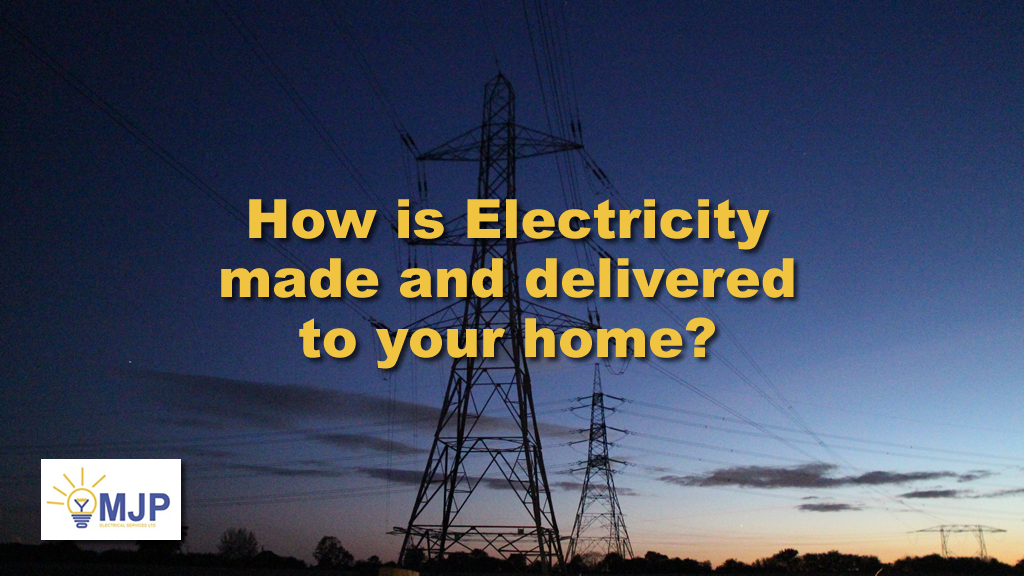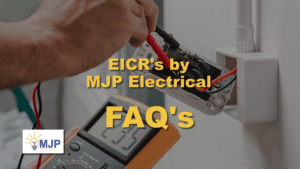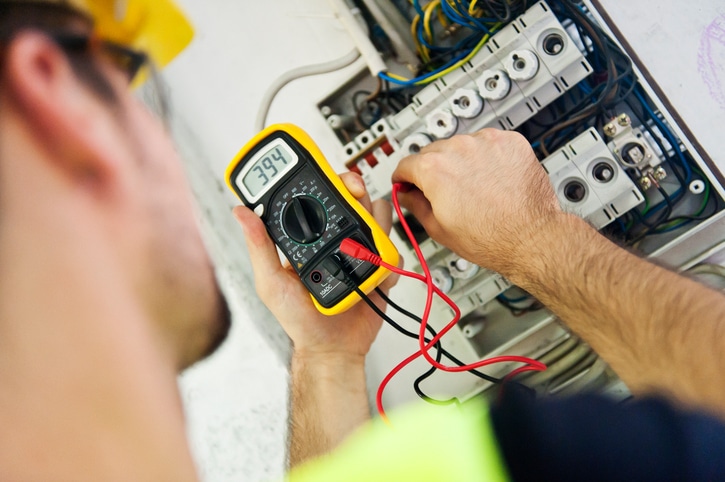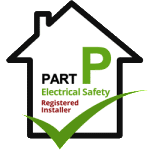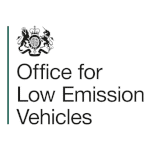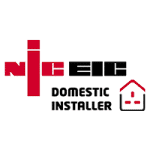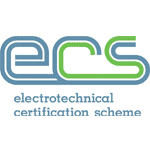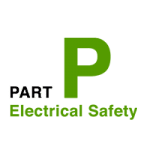It is easy to take our electric power supply for granted. Every time you switch on the TV, boil the kettle or fire up your laptop, you are using electricity, but do you ever think about where it comes from?
Of course, you are aware of your provider and if there is ever an issue, you would likely pick up the phone and give them a call. But what a lot of consumers do not realise is that there is a process that electricity needs to go through before it reaches your home.
In this article, we are going to be giving you the lowdown on how electricity is made and how it gets to you.
Power Stations
We quite often see power stations dotted around the country, but once again, it isn’t very often that we think about what goes on inside. It may also surprise you to know that there is more than one type of power station and that energy can be created in one of several ways. Some of these methods are preferable to others since they use renewable resources that are far better for the planet.
In recent years we have seen an entirely new dynamic in how power is made and more and more power stations in many countries around the world are turning to these renewable energy sources. We will look at the benefits of this in more detail a little later on, but for now, let’s look at the most common types of power stations, where your electricity’s journey begins.
Wind
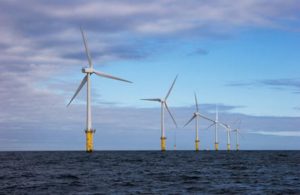 Onshore and offshore wind farms are now popping up all over the landscape and this is an incredibly clean form of energy. Not only this but wind power is thought to be one of the most cost effective to maintain. That being said, the initial setup can be a little pricier than some other types of power station.
Onshore and offshore wind farms are now popping up all over the landscape and this is an incredibly clean form of energy. Not only this but wind power is thought to be one of the most cost effective to maintain. That being said, the initial setup can be a little pricier than some other types of power station.
Wind farms can be set up in various locations and while they may impose on the landscape, they will also not interfere with the function of anything which is why we so often see them appearing on farmland.
Nuclear
When you hear the word nuclear, you could be forgiven for thinking that this was a bad thing but in terms of creating electricity, nuclear power stations are considered to be one of the best for the planet. This is because this method has very low carbon emissions.
These types of power stations function by using a nuclear fission reactor which is fueled by uranium; think of what Homer Simpson does and you’ll get a clear idea!
A nuclear power station is one of the more expensive to get started but once it is up and running, the maintenance costs tend to be very low. They are also able to produce incredible amounts of power with very little fuel making them much more reliable and convenient.
Coal
Coal has been used as fuel for thousands of years but in modern times, we are beginning to see the damaging nature of this fossil fuel. Sadly, it is estimated that as much as 41% of the world’s power still came from coal as recently as 2014. While this figure is falling, we still have a long way to go.
Coal is, without doubt, an efficient way of producing electricity but so much of it is needed and it puts out so many harmful gases into the atmosphere that many countries are trying to stop using it altogether. For example, Canada has vowed to eradicate the use of coal power entirely by the year 2030.
Natural Gas
It is important to point out that natural gas is a fossil fuel but when we compare it to other types of fossil fuel, we see that it emits far fewer harmful gases.
One of the most efficient types of natural gas power stations are those that combine this type of power with steam power. This is known to produce an exceptional amount of power particularly when compared to power plants that use other types of gas.
Hydro
Hydro power refers to the generation of electricity using water. This is done by using the gravitation flow of said water and harnessing this to create power.
This is another excellent method since it has very low emissions especially when compared to other sources such as power stations that use fossil fuels.
In modern times, more and more hydro power stations are being used and in recent years, as much as a third of all the hydro electricity was produced in China alone. China is one of the biggest nations in the world, speaking in terms of area and the largest in terms of population.
If all the biggest countries used just a fraction of the hydro power that China has recently, we may see significant reductions in the number of emissions being put out into the environment.
Solar
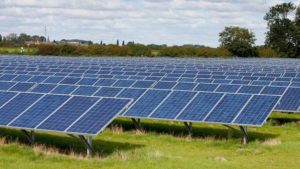 As you might imagine, solar power stations use the power of the sun to generate electricity. This is something that we are seeing on a much smaller scale with many homes across the UK and the world being fitted with solar panels to create their own mini source of energy.
As you might imagine, solar power stations use the power of the sun to generate electricity. This is something that we are seeing on a much smaller scale with many homes across the UK and the world being fitted with solar panels to create their own mini source of energy.
The light and power from the sun is most definitely abundant but this is not the only good thing about it. It is one of the cleanest forms of energy and is becoming the favoured method for many countries.
It is believed that this type of power will rise by as much as 9% each year and while it is a little more costly to set up, once installed, solar panels typically last in excess of 25 years making them very low maintenance.
Benefits To Using Renewable Sources
It goes without saying that there has been a significant focus on using renewable energy sources in recent times, it is pretty difficult to ignore. But ignore it, we should not!
One of the main benefits of this type of power is that the maintenance costs are often much lower, meaning that once the power system is in place, it will generate electricity for many years.
Furthermore, renewable energy will cost you a lot less as a consumer since the cost of fossil fuels is skyrocketing. Of course, this type of power will never run out so you don’t ever need to worry about future generations and how they will source their power.
It is evident in recent years that the climate crisis has become more significant; just look at the bushfires in Australia in 2020 that raged out of control and the rising sea levels. Renewable energy sources do not emit anywhere near as many harmful gases, making them much more environmentally friendly and giving us a healthier planet. After all, we need to look after our home; we only have one earth!
How Energy Is Transported To Your Home
Electric is delivered to your home in several ways and once again, this isn’t something that we typically think about when we flip a switch or plug in a charger, but this unseen world exists nevertheless.
The process is relatively complex and before the power reaches you, it has to go through a detailed system, each component having its own relevance. Let’s take a look at this.
- To begin with, the energy leaves the power station and goes through transformers. This helps to create a surge that pushes the current much further than it might otherwise be able to travel.
- After this, the electrical current travels through a network of power lines which you can see around the country.
- Once the electricity reaches a substation, the voltage is turned down. This is done so that the power can go through smaller power lines.
- Now it can travel through these small lines on its way to your home. As it does this, it will pass through even more transformers that turn the voltage down even more. Without this part of the process, the voltage would be far too high for use in the home.
- Once the electricity reaches your home, it enters through the electric meter. Not only does this device allow the power to enter, but it can also measure how much you are using so that your provider knows what to charge you.
- It then passes through the service panel, commonly referred to as a fuse box which will stop the electrical circuits in your home from being overloaded. If they are, this can cause serious accidents including overheating, fires and electric shock.
After it makes its way through the fuse box, the power is distributed around the home via a network of small wires, all the way to your devices and appliances.
Conclusion
Everyone in the UK uses electricity to some degree or another and many of us would be lost without this valuable source of power. Every time you turn on a light, put a meal in the oven or watch your favourite TV show, electricity is coursing through a complex network to provide you with the power you need.
But a lot of people do not think about how their electricity gets to them and with so many sources of power from wind and sun to natural gas and hydro power, we are fortunate enough to have many renewable and clean options.


